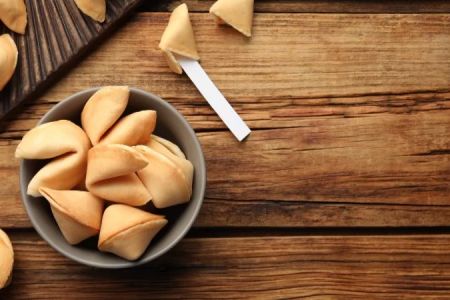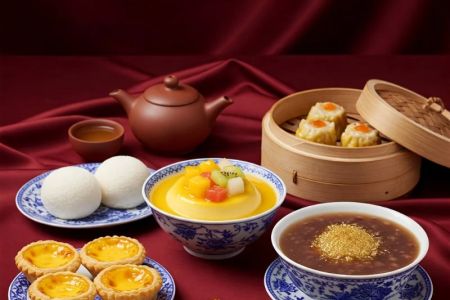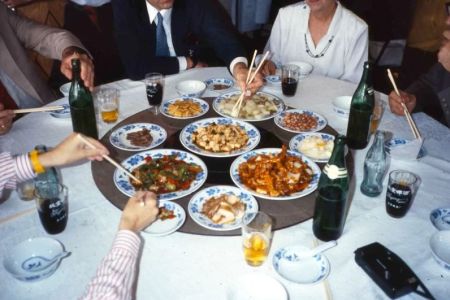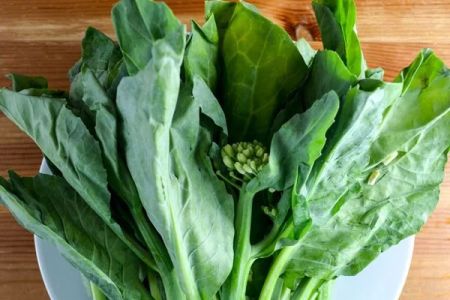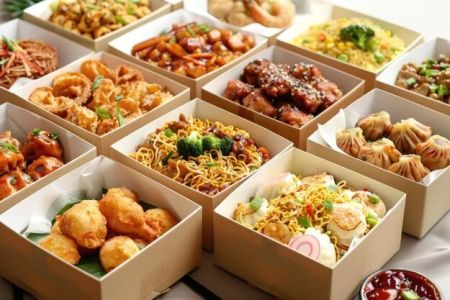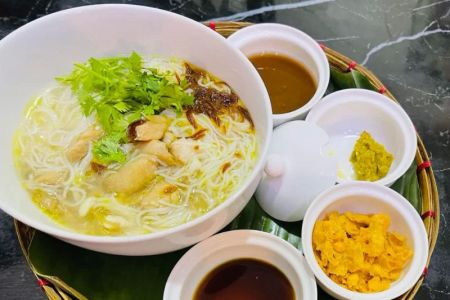- 1 - What Is a Chinese Tea Ceremony?
- 2 - The History and Evolution of Chinese Tea Ceremonies
- 3 - Key Elements of Chinese Tea Ceremonies
- 4 - How to Perform a Chinese Tea Ceremony
- 5 - The Significance of Tea in Chinese Culture
1. What Is a Chinese Tea Ceremony?
A Chinese tea ceremony is a traditional ritual that focuses on the preparation, serving, and drinking of tea. It is not just about the beverage itself, but also the ceremonial process and the deeper cultural meaning behind it. Tea ceremonies in China are typically characterized by their focus on mindfulness, respect, and harmony, offering a moment of calm and reflection for those involved.
Unlike more casual tea-drinking habits in the West, a Chinese tea ceremony is an art form that involves careful steps in both the brewing and serving process. It’s a time-honored practice that reflects the Chinese appreciation for beauty, harmony, and nature. Tea is seen as a way to foster social bonds, encourage mindfulness, and showcase respect for others.
2. The History and Evolution of Chinese Tea Ceremonies
The history of Chinese tea ceremonies dates back to ancient China, with tea consumption first becoming widespread during the Tang Dynasty (618–907 AD). Initially, tea was consumed in simple, medicinal ways, but as the practice evolved, tea drinking became a social and spiritual activity. Over time, tea ceremonies developed into a highly sophisticated ritual, with varying forms depending on region and occasion.
Tea culture became particularly prominent during the Song Dynasty (960–1279 AD), where scholars, poets, and literati enjoyed tea as a means of intellectual and spiritual nourishment. The art of brewing and presenting tea became refined, with a focus on aesthetic and ritualistic elements. The practice of tea ceremonies continued to evolve, especially in later dynasties, with each offering its unique take on how tea should be prepared and served.
3. Key Elements of Chinese Tea Ceremonies
While the specifics of a Chinese tea ceremony can vary depending on the region and type of tea used, there are several key elements common to all ceremonies:
1. The Tea Set
A traditional Chinese tea set includes a variety of utensils such as teapots, tea cups, a tea tray, a tea strainer, and a tea pitcher. Each item serves a purpose in the preparation and serving of tea, with the teapot typically being made from materials like clay, porcelain, or Yixing stoneware, each chosen for its unique impact on the taste of the tea.
2. The Tea Leaves
The choice of tea is central to the ceremony. Chinese tea ceremonies often feature a variety of loose-leaf teas, including green tea, oolong tea, and black tea. The quality and type of tea leaves used can dramatically affect the ceremony’s outcome, and the leaves are usually selected with great care, often based on the season and the occasion.
3. The Rituals
The preparation of tea during a ceremony involves specific steps, including rinsing the leaves with hot water, steeping the leaves for an exact amount of time, and serving the tea in precise quantities. The pouring of tea, the temperature of the water, and the arrangement of the cups all reflect the artistry and tradition behind Chinese tea ceremonies.
4. The Environment
The setting of a tea ceremony is also significant. The environment should be calm, serene, and conducive to focus. Often, tea ceremonies are held in spaces decorated with simplicity and natural elements to enhance the sense of tranquility. The idea is to create a peaceful atmosphere that fosters appreciation for the ritual and the tea itself.
4. How to Perform a Chinese Tea Ceremony
Performing a Chinese tea ceremony involves several precise steps, all designed to bring out the best in the tea and create a memorable experience for the participants. Here is a simplified version of the process:
1. Preparing the Utensils
Before beginning, gather the necessary tea utensils and ensure everything is clean. Warm the teapot and cups by rinsing them with hot water, which helps maintain the temperature of the tea during brewing.
2. Preparing the Tea Leaves
Measure the appropriate amount of tea leaves. Generally, about one teaspoon of tea leaves is enough for each cup of tea. The leaves are then placed into the teapot or a brewing vessel, where they will infuse the water with their flavor.
3. Brewing the Tea
Heat the water to the right temperature—different types of tea require different temperatures. For example, green tea should be brewed with water just below boiling, while black tea requires water at full boil. Pour the hot water over the tea leaves and let them steep for the appropriate amount of time, usually between 1-3 minutes, depending on the type of tea.
4. Serving the Tea
Once brewed, pour the tea into small cups, often called “gong fu cups,” and serve to guests with respect. The tea should be served in small amounts to encourage mindfulness and conversation. The process is repeated for multiple infusions, as many Chinese teas can be steeped multiple times.
5. The Significance of Tea in Chinese Culture
Tea holds immense cultural significance in China. It is deeply embedded in daily life, from casual family meals to formal rituals. The Chinese have long believed that tea possesses medicinal properties, promoting health and longevity. Beyond its health benefits, tea is also a symbol of hospitality, respect, and harmony. It’s often offered to guests as a sign of goodwill, and it plays a central role in various social rituals, including weddings, festivals, and business meetings.
Tea ceremonies represent more than just the act of drinking; they are about creating a mindful experience, fostering connection, and appreciating the simple beauty of the present moment. The quiet, reflective nature of a tea ceremony invites participants to slow down, engage in conversation, and enjoy the artistry of tea preparation.
If you’re interested in experiencing a Chinese tea ceremony for yourself, or if you’d like to purchase the perfect tea set, visit Chinese Food. Our curated collection of authentic Chinese tea sets and premium teas will help you bring this ancient cultural practice into your home and enjoy a truly enriching experience.


